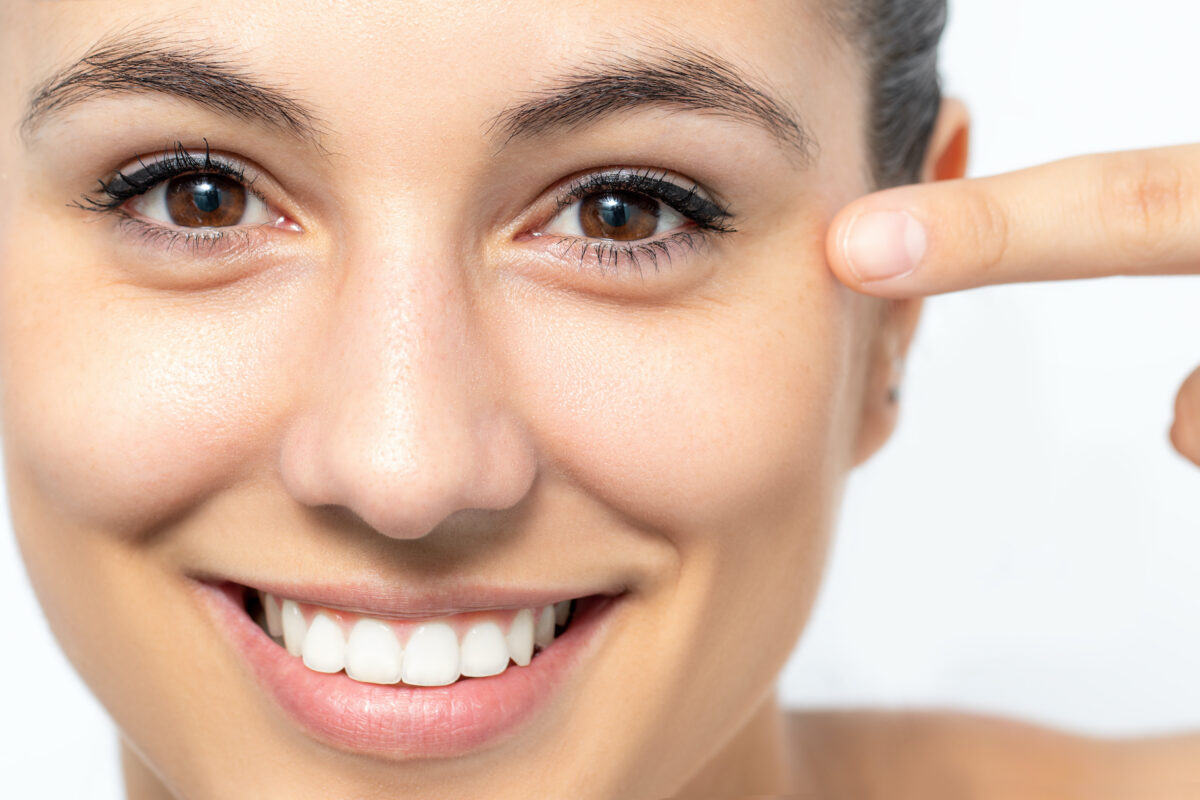A Guide for Healthy Eyes
Of course not. Your eyes, just like the rest of your body, need to be taken care of. Different eye conditions can appear over time, however many are treatable and avoidable. Some common eye conditions are presbyopia which occurs when the eye’s lenses lose the ability to change shape and focus up close. It affects an estimated 90-percent of people over 45. Cataract symptoms can appear in the 60s, and dry eye can impact anyone at any age. How can you minimize the likelihood of these conditions and others? Try these tips to help you hold on to healthy eyes. Eat Well: Your eyes do better, just like the rest of your body, when they get the nutrients they need. No single food holds the power, but trying to include food like eggs, which are rich in zinc, lutein, and zeaxanthin, is a good place to start. Foods like almonds or spinach, that are packed with vitamin E, as well as foods with vitamin C, can all help protect your eyes. Exercise: There is research to suggest that cardiovascular exercise can lower the risk of ocular disease, likely because it improves blood flow. Sunglasses: Sunglasses do more than make it easier to see on bright days. Extended exposure to bright light waves can burn your corneas and lead to a condition called photokeratitis, or snow blindness. People who spend a lot of time in the sun are also at increased risk for pterygium, a growth of a gritty, fleshy pink tissue on the conjunctiva, which is the clear matter on the surface of the eye. UV rays also damage eye tissue, so getting 100 percent UV-blocking glasses is recommended. Good Hygiene: Your eyes are great at cleaning themselves, but they still require some effort on your part. If you wear contacts, make sure you change them daily and don’t sleep in them. Use solution and not water to store and clean them. Also, be sure to use cosmetics properly and always wipe them off before bed. Check expiration dates and application directions to limit the chance of infections. Mat Lecompte is a health and fitness reporter for Bel Marra Health, where this article was first published.

Of course not. Your eyes, just like the rest of your body, need to be taken care of. Different eye conditions can appear over time, however many are treatable and avoidable.
Some common eye conditions are presbyopia which occurs when the eye’s lenses lose the ability to change shape and focus up close. It affects an estimated 90-percent of people over 45. Cataract symptoms can appear in the 60s, and dry eye can impact anyone at any age.
How can you minimize the likelihood of these conditions and others? Try these tips to help you hold on to healthy eyes.
Eat Well: Your eyes do better, just like the rest of your body, when they get the nutrients they need. No single food holds the power, but trying to include food like eggs, which are rich in zinc, lutein, and zeaxanthin, is a good place to start.
Foods like almonds or spinach, that are packed with vitamin E, as well as foods with vitamin C, can all help protect your eyes.
Exercise: There is research to suggest that cardiovascular exercise can lower the risk of ocular disease, likely because it improves blood flow.
Sunglasses: Sunglasses do more than make it easier to see on bright days. Extended exposure to bright light waves can burn your corneas and lead to a condition called photokeratitis, or snow blindness.
People who spend a lot of time in the sun are also at increased risk for pterygium, a growth of a gritty, fleshy pink tissue on the conjunctiva, which is the clear matter on the surface of the eye.
UV rays also damage eye tissue, so getting 100 percent UV-blocking glasses is recommended.
Good Hygiene: Your eyes are great at cleaning themselves, but they still require some effort on your part. If you wear contacts, make sure you change them daily and don’t sleep in them. Use solution and not water to store and clean them.
Also, be sure to use cosmetics properly and always wipe them off before bed. Check expiration dates and application directions to limit the chance of infections.
Mat Lecompte is a health and fitness reporter for Bel Marra Health, where this article was first published.












